Reports from the National Institute of Deafness and Other Communication Disorders suggest 48 million Americans have been diagnosed with some kind of hearing loss. If you are one of them, step up to schedule an appointment with an audiologist. Before you pay him a visit, let’s have a brief discussion on the different types of hearing tests that an Ear Specialist performs to find out what the exact problem is.

Audiometry
The Audiometry test is an examination, where the hearing capacity of the person is measured across a wide range of low and frequencies. These frequencies can range from 250 Hz to 8,000 Hz. It helps in determining the frequency when you can hear at best.
Tympanometry
This test is especially prescribed for people who are experiencing problems in their middle ear or their eardrum has become stiff. Your hearing doctor will evaluate the presence of fluid in the middle ear, measure the negative middle ear pressure, disruption of the ossicles and diagnose tympanic membrane.
Pure Tone Test
It is a pure-tone air conduction hearing test, in which to find out the slightest tone an individual can hear at a chosen frequency. The sound is passed into the headphones and the result of each ear is noted. You may be asked to press a button if you hear a particular sound or tone.
Speech Test
The speech test can be said to be a continuous process of a pure-tone test. It basically helps in confirming the results of the earlier test. The hearing Aids doctor will test your hearing capacity and repeat the words back at various frequencies. The test may be conducted in a noisy atmosphere as many people have problems hearing in such conditions. This test determines whether a hearing aid will benefit the person or not.
Acoustic Reflex Measures and Static Acoustic Measures
Another test to determine the efficiency of the middle ear is Acoustic Reflex Measures and Static Acoustic Measures. Your ear specialist may prescribe this test along with tympanometry. This type of test is conducted more in school-going children who damage their middle ear for some reason.
Electrocochleography (ECOG)
As the name suggests, this test checks the electrical capability created by cochlea during sound exposure. The test helps in diagnosing a particular disorder known as Meniere’s disease. The audiologist will put the earphone inside the ear canal that transmits a sound. The electrodes pick up the response of the cochlea on the forehead. The response of the waves is recorded to evaluate the function of the cochlea.
Auditory Brainstem Response (ABR)
This is one of the vital tests that measures the time taken for a sound to reach your brain from your ears. The hearing solution will determine that the nerve connecting both the important organs is functioning properly. Often the person fails to hear a sound because it does not get properly transmitted to the brain. The patient is asked to put on earphones in both ears and the electrodes in the head help in measuring the response of the brain.
Audiologist Will Determine What is the Best Test
We have discussed 7 types of hearing tests that an ear specialist conducts on his patients facing various hearing issues. However, the audiologist will determine which hearing test is highly recommended and suitable in your case. Also, there may be a few other tests that your doctor can prescribe based on your problem. for more information, you can visit the store of hearing aid in Draper, Utah with up to 24 channels.







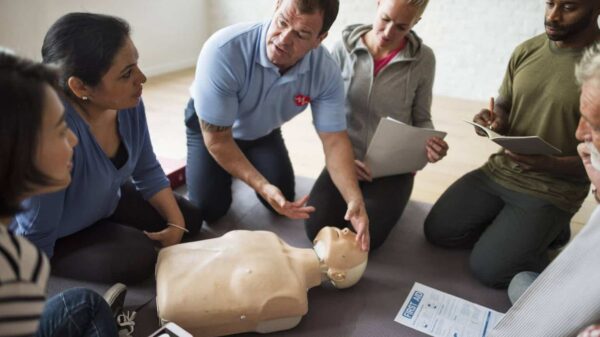
















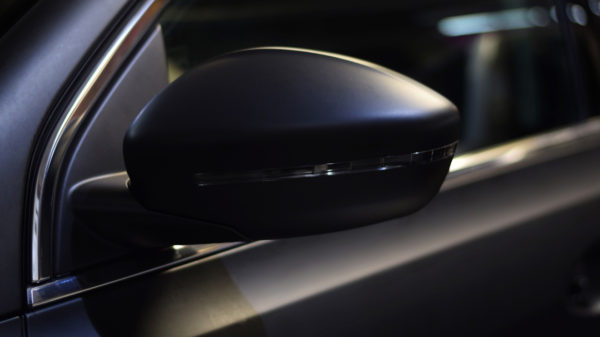




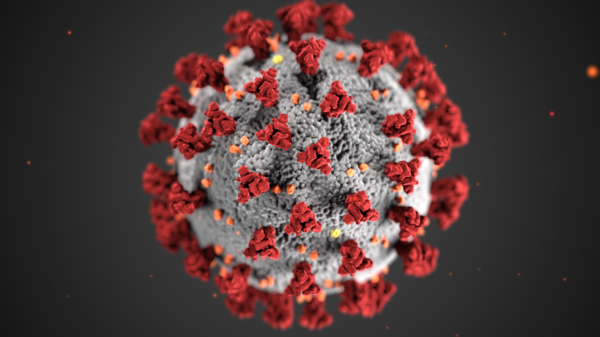











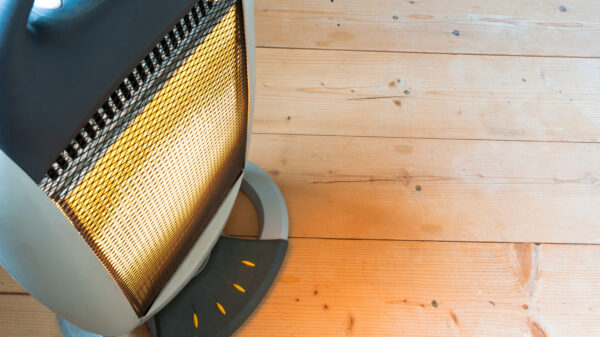










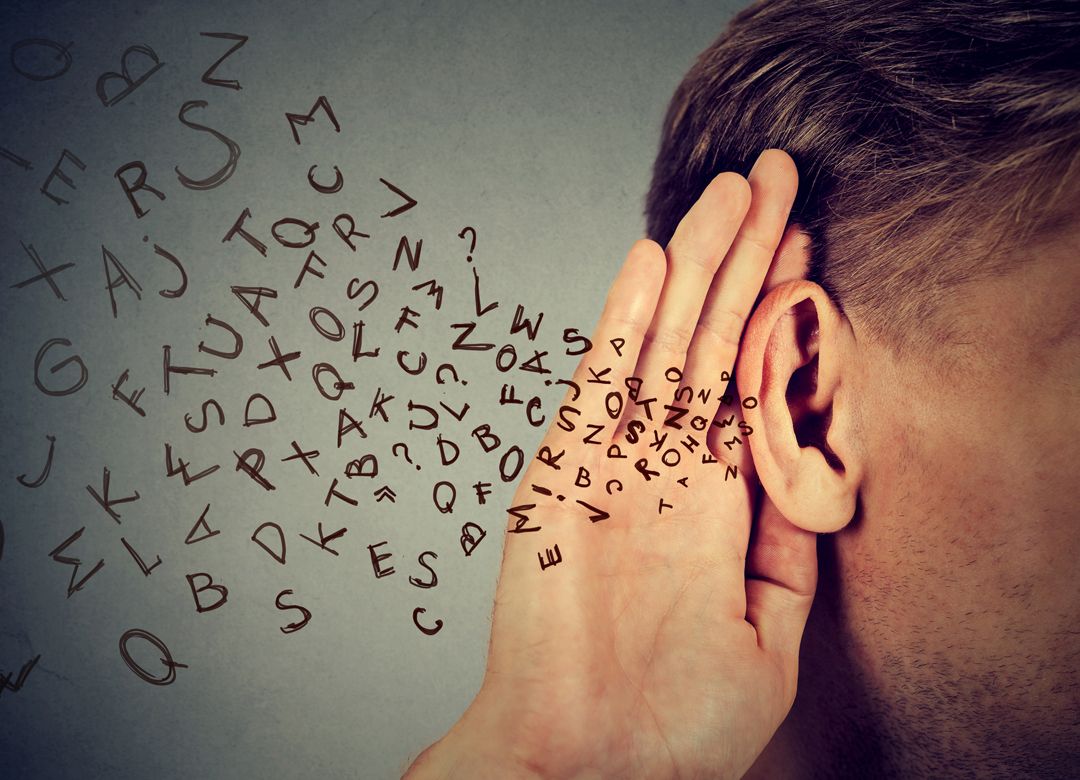






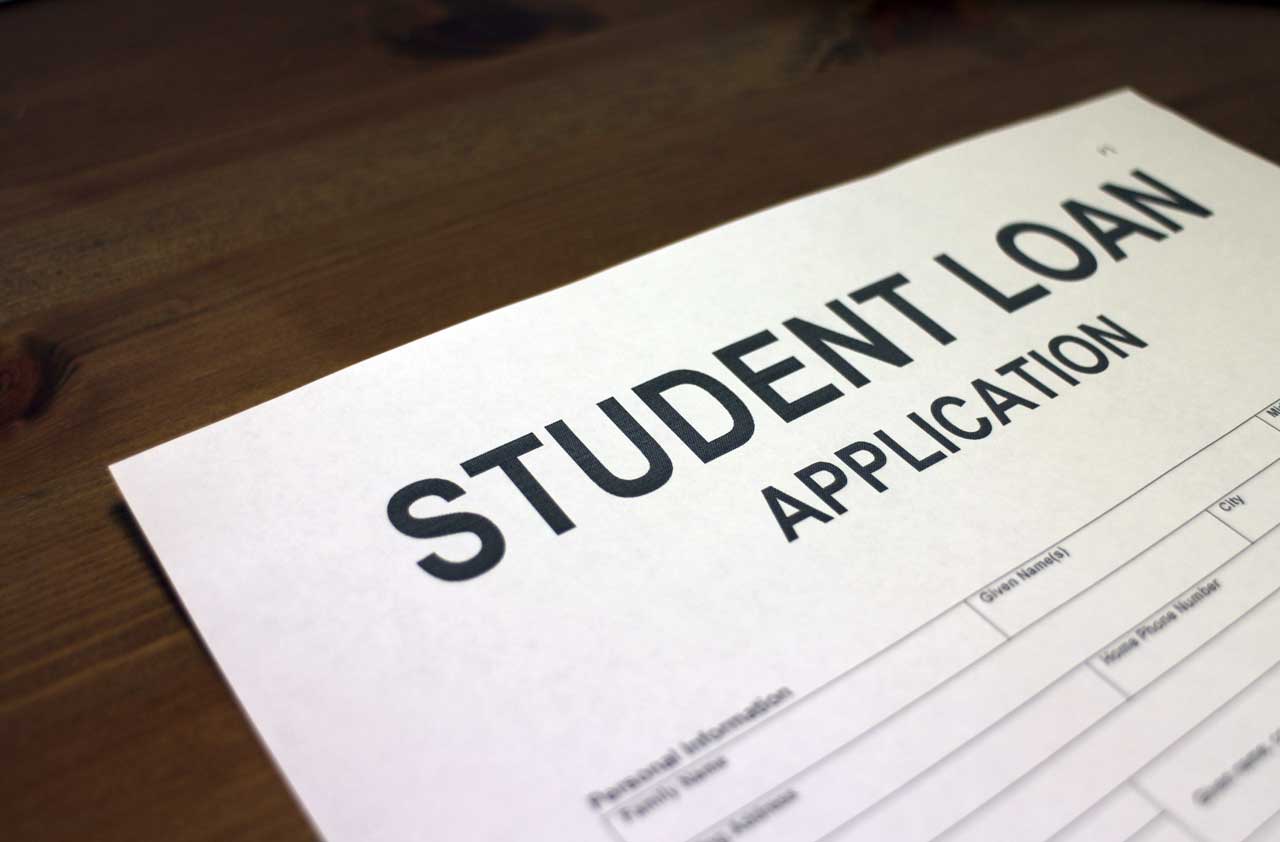



You must be logged in to post a comment Login